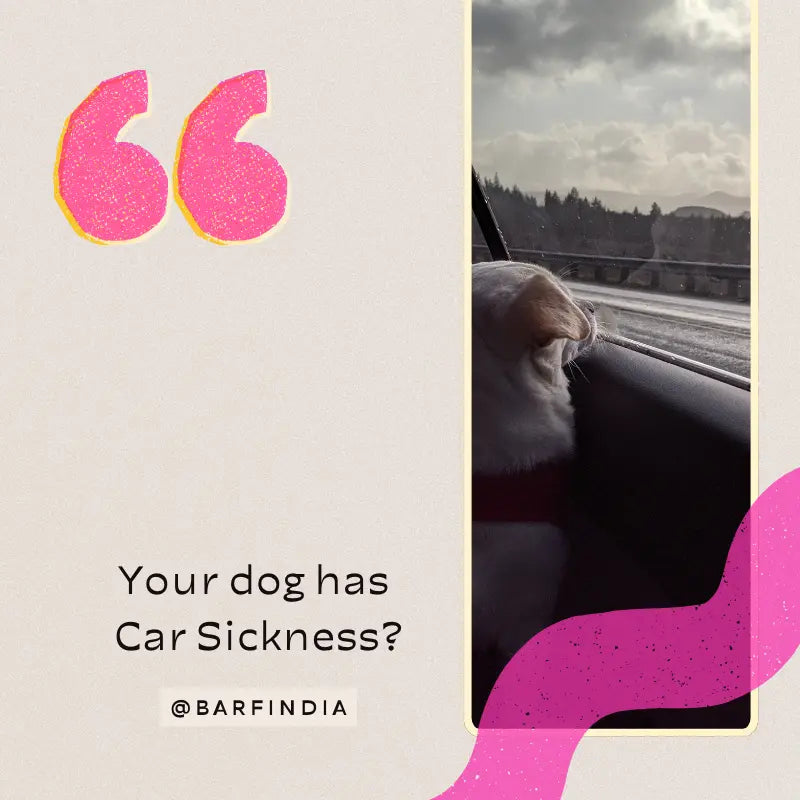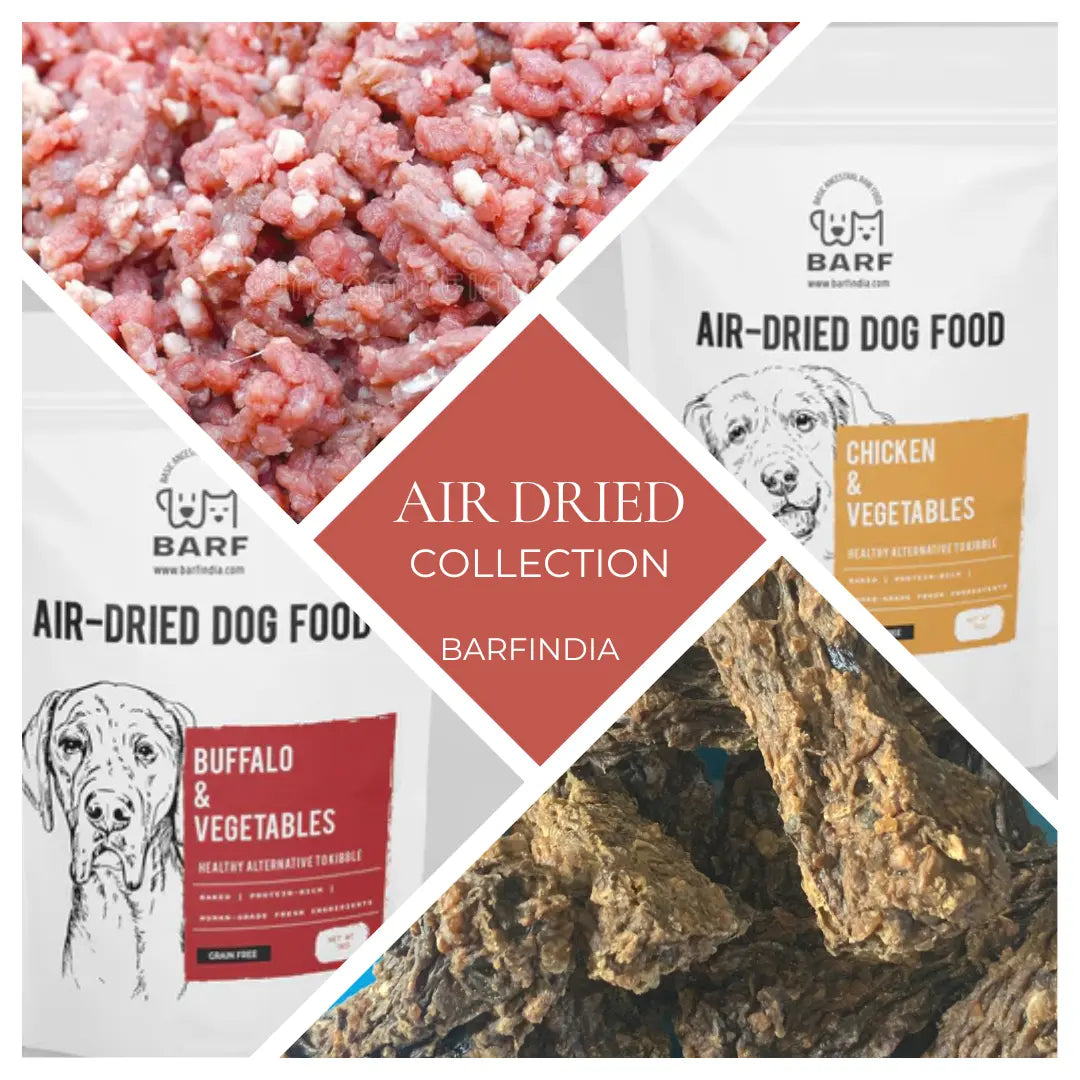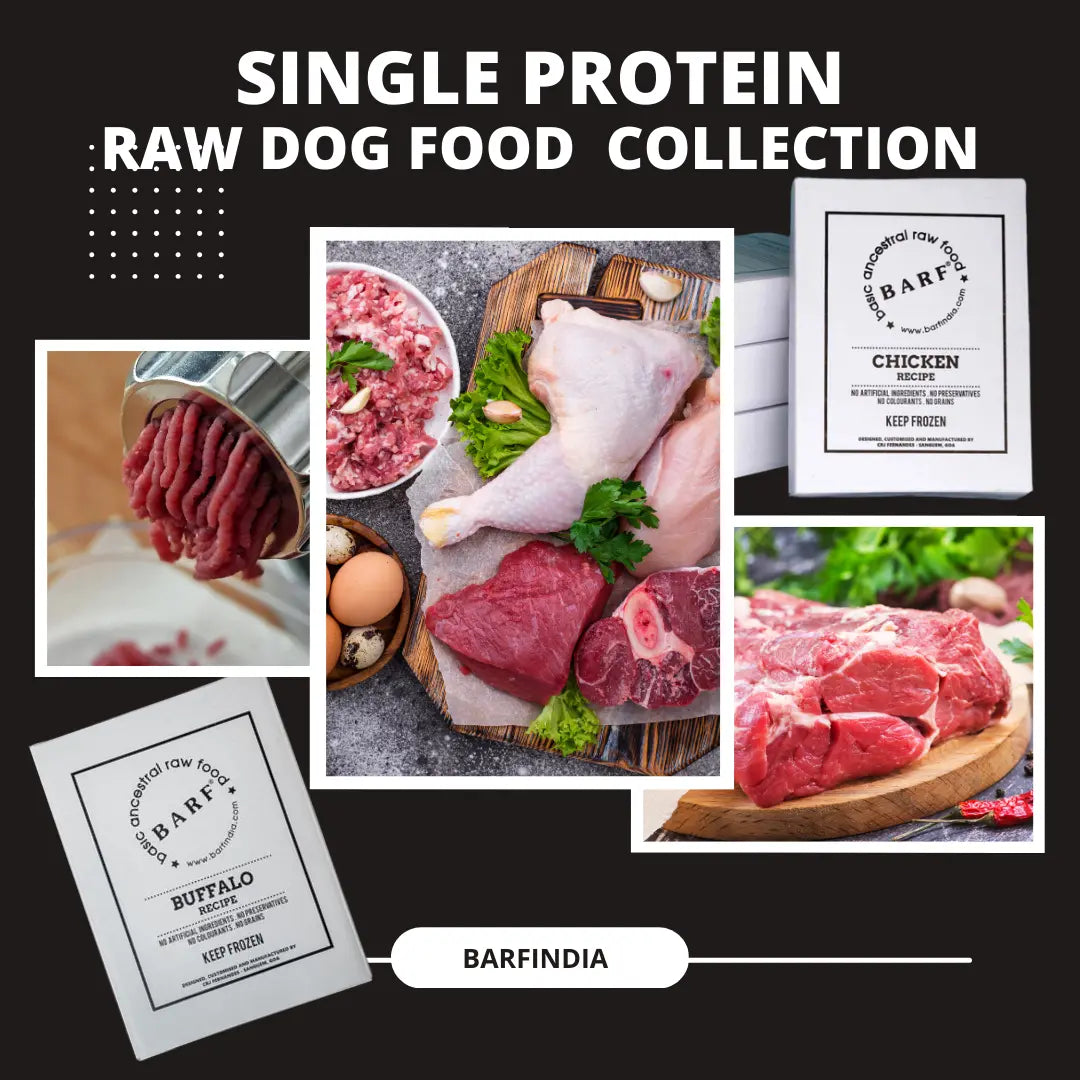
Help Dogs Conquer Car Sickness
Nivedita FernandesHow to Help Dogs Conquer Car Sickness
Car sickness, or motion sickness, is a common problem for many dogs and their owners. It can make even the shortest trip stressful for both the pet and the owner. But with understanding, patience, and the right strategies, you can help your dog conquer car sickness and enjoy car rides. In this blog, we'll explore everything from the causes and symptoms of car sickness to actionable tips and remedies to ensure smoother journeys with your furry friend.
Understanding Car Sickness in Dogs
What Is Car Sickness?
Car sickness occurs when a dog experiences nausea, dizziness, or discomfort during a car ride. It’s more prevalent in puppies and young dogs because their inner ear, which plays a crucial role in balance, may not be fully developed. However, car sickness can also occur in older dogs due to anxiety, past trauma, or an underlying medical condition.
Causes of Car Sickness in Dogs
-
Inner Ear Development: In younger dogs, the vestibular system (responsible for balance) might not be fully developed, making them more prone to motion sickness.
-
Stress and Anxiety: Negative associations with car rides—such as trips to the vet—can cause dogs to feel stressed, leading to nausea.
-
Overstimulation: The combination of sights, sounds, and smells can overwhelm some dogs.
-
Poor Conditioning: Dogs who are not accustomed to car rides may struggle to adjust.
-
Medical Issues: Sometimes, underlying health problems like vestibular disease or ear infections contribute to motion sickness.
Symptoms of Car Sickness
-
Excessive drooling
-
Whining or crying
-
Lethargy
-
Yawning or lip-smacking
-
Vomiting
-
Refusal to get into the car
Preparing Your Dog for Car Rides
1. Start Small and Gradual
-
Introduce your dog to the car in stages. Begin by letting them sit in the stationary car to familiarize themselves with the space.
-
Gradually progress to short trips around the block before attempting longer journeys.
2. Make the Car a Positive Space
-
Create positive associations with the car by offering treats, toys, or their favorite blanket.
-
Use praise and rewards to reinforce calm behavior in the car.
3. Ensure Comfort
-
Keep the temperature in the car comfortable. Overheating can exacerbate nausea.
-
Provide a stable surface for your dog to sit or lie on. A non-slip mat can prevent unnecessary movement.
-
Avoid feeding your dog a large meal right before the ride.
4. Desensitize Your Dog
-
Gradual desensitization can help reduce anxiety. Play car-related sounds at home, such as the engine starting, to help your dog acclimate.
-
Combine car trips with positive outcomes. For example, take your dog to the park instead of just the vet.
During the Ride: Practical Tips
1. Safety First
-
Use a dog seat belt or a secure carrier to ensure your pet’s safety.
-
Keep your dog in the back seat to avoid distractions while driving.
2. Optimize Positioning
-
Some dogs feel better when they can look out of the window. Use a dog booster seat to elevate smaller dogs.
-
Others might prefer lying down and not seeing the motion outside.
3. Ventilation and Fresh Air
-
Ensure proper ventilation in the car. Crack open the windows to allow fresh air to circulate, which can help reduce nausea.
4. Avoid Overstimulating the Senses
-
Reduce noise levels by keeping the radio at a low volume.
-
Limit exposure to strong scents, such as air fresheners or perfumes, that could trigger nausea.
5. Frequent Breaks
-
For longer trips, stop every 30-60 minutes to let your dog stretch, hydrate, and relieve themselves.
-
Short breaks can also help alleviate dizziness and nausea.
Remedies and Treatments for Car Sickness
1. Behavioral Remedies
-
Counterconditioning: Train your dog to associate the car with positive experiences. Gradually increase exposure and reward calm behavior.
-
Distraction: Use chew toys or puzzle toys to keep your dog occupied during the ride.
2. Natural Remedies
-
Ginger: Known for its anti-nausea properties, ginger can be given as a supplement or mixed with your dog’s food. Always consult your vet for the correct dosage.
-
Lavender: A few drops of lavender essential oil on a bandana can help calm anxious dogs. Ensure it’s diluted and safe for pets.
-
Peppermint: Similarly, peppermint has calming effects and can be used in small amounts.
3. Over-the-Counter Medications
-
Dramamine or Benadryl: These human medications can be used for dogs to alleviate motion sickness. However, always consult your veterinarian for the correct dosage and suitability.
4. Prescription Medications
-
If car sickness persists, your vet may prescribe medications such as Cerenia, which is specifically designed to prevent nausea in dogs.
Long-Term Solutions
1. Consistent Training
-
Regular short car rides can help desensitize your dog over time.
-
Use treats, praise, and toys to reward calm behavior during and after rides.
2. Routine Vet Checks
-
Regular veterinary visits ensure that there are no underlying medical issues contributing to car sickness.
3. Professional Help
-
If anxiety is a significant factor, consider consulting a professional dog trainer or animal behaviorist for tailored strategies.
Special Considerations for Puppies
Puppies are more prone to car sickness due to their developing inner ear. Be patient and focus on short, positive experiences. Most puppies outgrow motion sickness as they mature, but early conditioning can make the process smoother.
Frequently Asked Questions
Q1: Can car sickness in dogs be completely cured?
While some dogs outgrow car sickness, others may require ongoing management. With consistent training and appropriate remedies, most dogs can improve significantly.
Q2: Is it safe to give human medication to dogs for car sickness?
Some human medications, like Dramamine, can be safe for dogs but should only be given under veterinary guidance to ensure proper dosage and safety.
Q3: How can I make long car trips more comfortable for my dog?
Plan for frequent breaks, provide a comfortable and stable resting place, and use calming aids like toys or natural remedies. Ensure they’re well-secured and have access to fresh air.
Final Thoughts
Helping your dog conquer car sickness requires patience, understanding, and a combination of strategies. Whether it’s through gradual desensitization, natural remedies, or medical assistance, your efforts will make a world of difference for your furry friend. With time and consistency, car rides can transform from a stressful experience to an enjoyable adventure for both of you.



